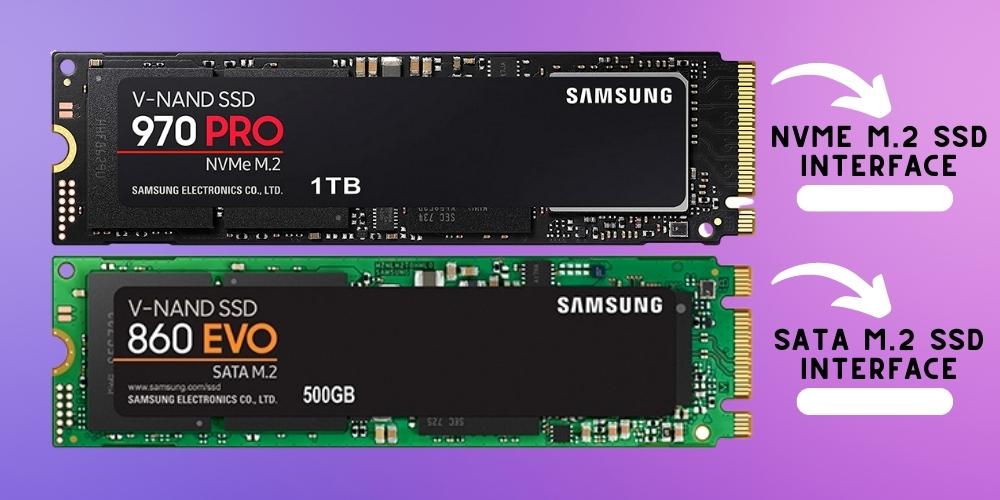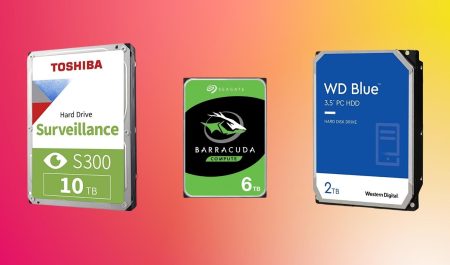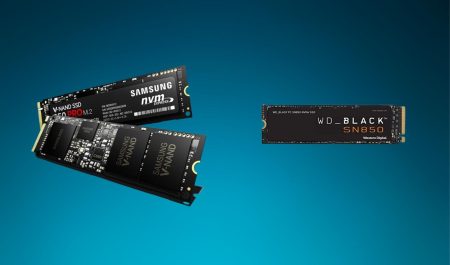Classification of SSD Chip Types
SSDs are very popular in laptops and desktops, but they are also starting to become a more common option for PCs. There are many types of SSDs, each with its own advantages and disadvantages. Here is a quick overview of the most common SSD chip types that make an SSD faster and reliable:
1. MLC: This chip-based SSD is generally faster than NAND, but it has a lower capacity. It’s used in high-end laptop computers and tablets.
2. TLC: This type of chip in an SSD is generally slower than MLC, but it has a higher capacity. It’s used in mid-range laptop computers and tablets.
3. NAND: The NAND chip-based SSD uses both MLC and TLC cells, which gives it a middle ground between speed and capacity. It’s used in lower-end laptop computers and tablets.
4. 2D: This type of SSD uses a combination of NAND and NOR chips, which gives it a higher capacity than an MLC-only drive but slower performance than an SLC-only drive.
Choose Your SSD Capacity (Lower for Budget, Higher for Lots of Games)
There are a few factors to consider when deciding whether or not an SSD is right for your gaming needs. One of the most important factors to consider is the capacity of the SSD. Depending on your preferences, 500GB, 1TB, 2TB, and 4TB SSDs are all viable choices for gaming.
The biggest difference between these capacities is how much data can be stored on each drive. 500GB and 1TB drives can store around 200-300 games respectively, while 2TB and 4TB drives can store up to 4500 games each. However, the amount of data that can be stored on a drive is not the only factor to consider when purchasing an SSD for gaming. The other important factor to consider is the speed of the drive.
Types Of SSD Form Factors

The 4 types that determine the benchmarks for users are well-known ones like the 2.5-inch SATA, M.2, NVMe, and Add-In PCIe Card. The 2.5-inch format, M.2, and add-in card each have four common benchmarks for peripherals. The 2.5-inch drive bay is the most common, and it forms the SATA connection with the interface with U.2. SATA HDDs in a U.2 configuration is visually similar and have connections with SATA. There are 4 types of metric formats widely used in drive bays.
The M.2, 2.5-inch, U.2, and add-in cards are examples of the form factors that are used on their supporting substrates, with a resonance that matches the drive bay in overall quality and forms the nexus that link’s it to SATA interfaces. M.2 replaces the SATA standard on the PCIe interface and shows the relicense with both SATA and PCIe interface. The Add-In Card is the most useful and allows you to plug an SSD into the computer.
TRIM Feature For Maintaining Faster Drive
TRIM is a command for the ATA interface that can be used to free up space on a hard drive by deleting unused blocks of data. By default, Windows 10 and older versions of Windows use TRIM to delete old files that are no longer needed. You can also use TRIM to clean up space on a hard drive after you’ve installed new software or when you want to free up space for future storage.
Higher Read And Write Speeds
The traditional spinning hard drive is a 3-5 millisecond delay when compared to an NVMe SSD. This is due to the read and writes head on the hard drive having to travel to the correct location, then back down and spin the disk platter. An SSD doesn’t have a read head and instead stores data on flash memory which allows for almost instantaneous access.
Modern solid-state drives (SSD) offer significantly faster performance than traditional HDDs, typically offering speeds of around 500MB/s read and 250MB/s write. That said, there are some factors that can impact speed such as file size, type of data being stored, OS version, driver status, and more.
Can You Use Any SSD For Gaming?
As a gamer, we prefer some hardware over others, the same rule goes for SSDs selection. If you need a general answer, will you use all types of SSD for gaming? Then it is simply a Yes, you can use any SSD, but going for a specific will advantage over other types of SSDs. This is because there are some better-suited SSDs for gaming than others, but in general, any SSD will be an improvement over a traditional hard drive.
For example, there are two broad categories of external SSDs:
- The first type is SATA SSDs (Serial Advanced Technology Attachment), which have the same interface as traditional hard discs.
- The second type is PCIe SSDs (Peripheral Component Interconnect Express). These have more complicated interfaces and include a vareity; NVMe SSDs, PCIe SSDs, and PCIe-NVMe SSDs.
I personally use the faster NVMe SSDs and they are really good with speed. But gamers should consider speed and size over price when choosing an SSD. Speedy and larger SSDs tend to be more expensive, but they offer more storage space for the latest and greatest games.





